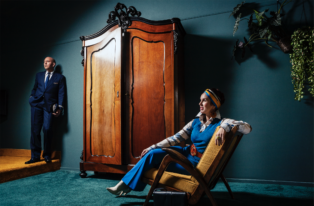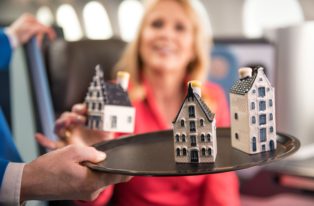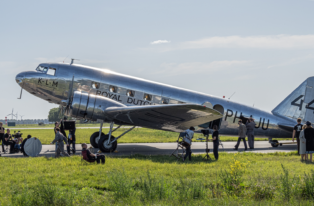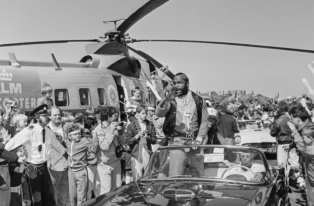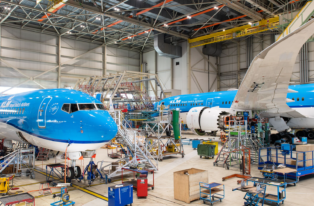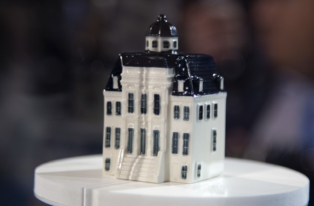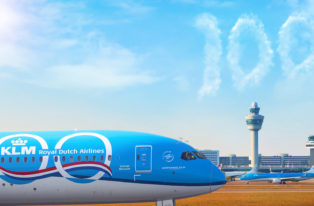What was flying like in the 1950s?
On 7 October 2019, we will celebrate a century of Royal Dutch Airlines. A great moment to look back and look ahead. What have we achieved in the last 100 years? And above all; what things does the future hold? In this blog, we look back on the first decades of KLM. In the early days of aviation, flying was restricted to the “happy few”, which is hard to imagine nowadays. From the 1950s, air travel became slightly more accessible to the broader public. It certainly wasn’t an everyday affair, mainly because tickets were still too expensive. The industry grew, however, and KLM and other airlines capitalized on these changes. This blog is part of a series taking a closer look at periods in which air transport took a leap forward.
Tourist Class
Following the example of other airlines, KLM introduced a second travel class in 1952. Tourist Class had more seats in the cabin and the service was less elaborate for these passengers. Tickets were cheaper, enabling more people to travel by plane. This led to the phenomenon of people booking flights to holiday destinations further from home. It’s not as if people were flying to Barcelona for the weekend, but this was a major leap forward in those days of post-war reconstruction. Subsequently, in 1958, ticket prices dropped even further when Economy Class was introduced, allowing even more people to travel by plane.
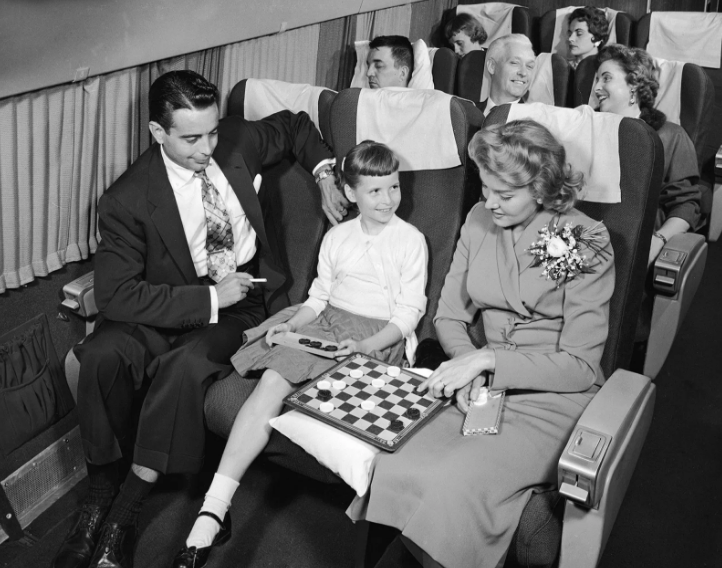
Bridal flight
During the first decade of the aviation industry, air races were regularly held to boost technological reliability and innovation. KLM competed in these races, often successfully. One example was the Last Great Air Race, which was held between London, England, and Christchurch, New Zealand in 1953. KLM won this race in the commercial category, completing the trip in around 44 hours. Nowadays, the same trip takes 24 hours to complete. Back then this was an impressive feat. The 1953 flight was also special. There was a large group of young women on board, traveling to New Zealand to meet their future husbands. This journey later became known as “the bridal flight”, which generated a great deal of publicity at the time and later became the topic of a book and a movie.
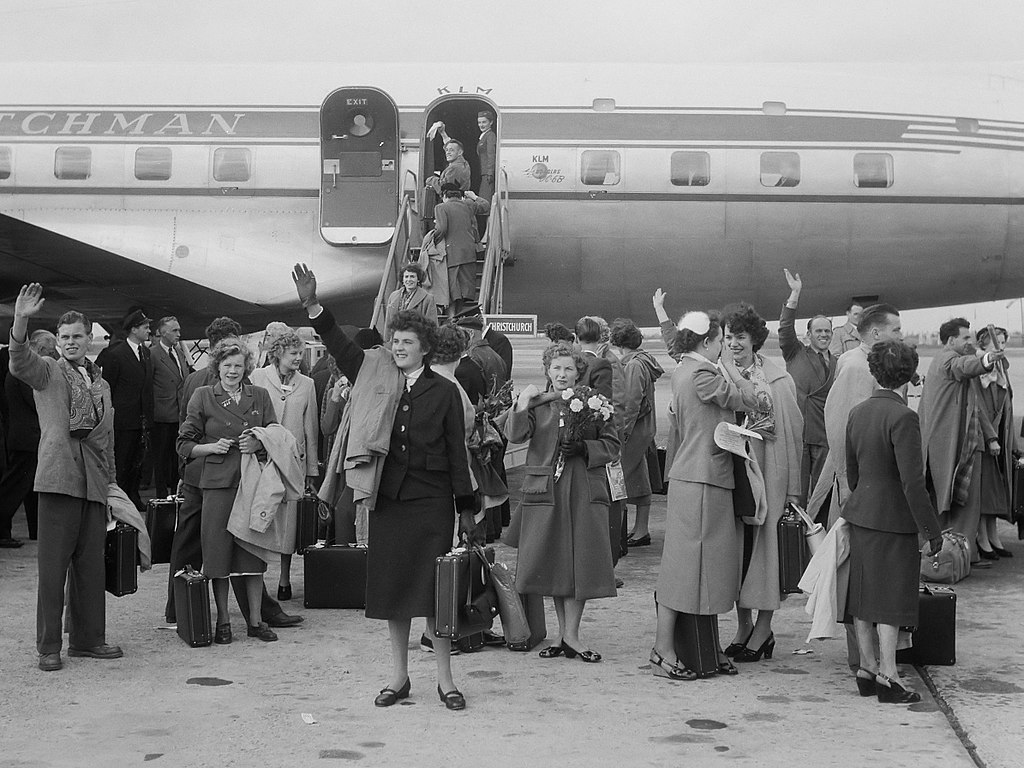
Delftware miniature houses
To set itself apart from other airlines in the 1950s, KLM began presenting First Class passengers with a keepsake. It was actually prohibited to give passengers souvenirs of any kind. KLM presented these miniatures as a “last drink on the house”, much like restaurants offer a round of liqueur. Instead of serving these drinks in a glass, they were served in a miniature bottle that passengers were welcome to take home with them. Various forms were tried until the first Delftware miniature house was introduced in 1952. This led to a tradition that eventually became one of the most iconic collector’s items. This year KLM will introduce its 100th little house. A very special milestone.
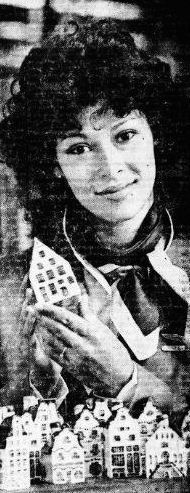
Entertainment
A lot has changed on board since the 1950s. Flying used to be a unique experience, but is a more everyday mode of transport today. There may be less space on board nowadays, but there is more entertainment available. On longer journeys, every passenger has access to their own inflight entertainment system. That certainly wasn’t the case back in the early days, where passengers passed time reading books, newspapers and magazines, or chatting with the crew and their fellow passengers. There was also hardly any contact between the plane and the outside world, which is gradually changing as internet access becomes more commonplace on board. In short, flying in the old days was almost nothing like it is today.
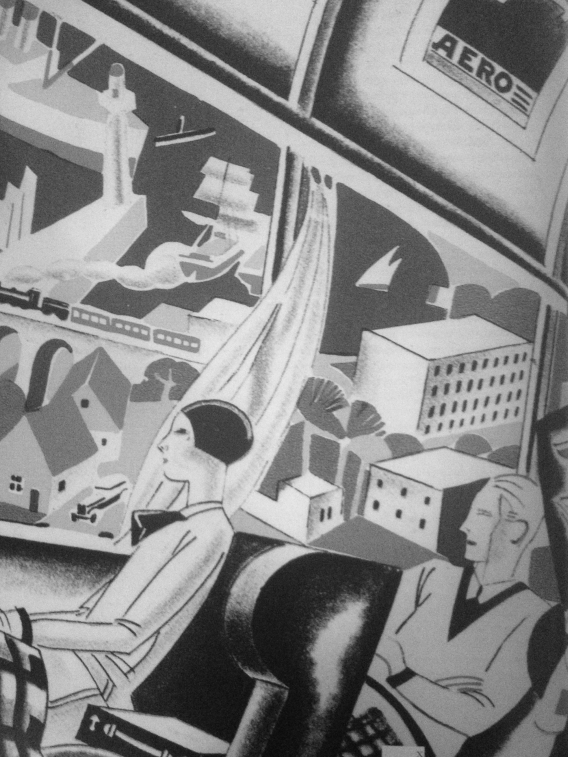
Nostalgia
Summing up, the 1950s were a transitional age for aviation, from an exclusive time when air travel was reserved for the elite, to the current day where flying is accessible to many. With the introduction of new travel classes, distant trips became more affordable, but air travel certainly wasn’t in reach of the broader public yet. KLM took part in various races, which continued to draw a great deal of attention, but gradually became increasingly rare. To ensure passenger loyalty, airlines sought ways to give people a lasting memory of their flight. People traveling Economy Class in those days were already far removed from the nostalgic elegance of the early years of aviation. But the 1950s did open the aircraft door to a larger group of people, allowing them to experience the magic of air travel.

